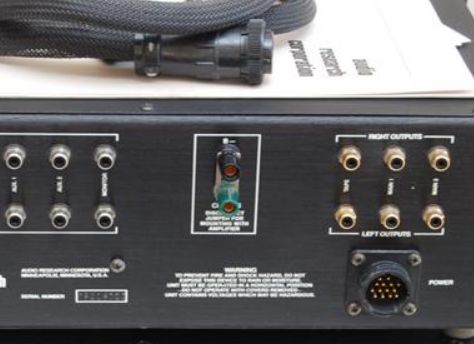There was an outstanding article by Greg Weaver in February's TAS on how to reduce noise and hum by minimizing AC voltage from chassis gear to ground by altering AC polarity. Unfortunately the article is not available as a pdf now. However, I checked previous articles/blog posts by Greg Weaver and he basically reported the results of his findings and recommendation in a virtually verbatim article here: See post #4:
https://www.thegearpage.net/board/i...x-polarity-tester-to-reduce-hum-noise.882742/
As he points out, this issue was first identified by Enid Lumley in 1981, so its an old issue. However many may not be aware of it, or the possibility to obtain best performance from his/Enid's advice. Weaver's article is the best and clearest I have seen on the subject. His recommendations are easily implemented and might just help you reduce or banish the noise and hum in your system if it's an audible problem.
I actually don't think it is very clear

. I had to read it a few times to figure out what he is saying and what is trying to be accomplished.
Turns out what he is saying may make things worse, not better. Let me explain.
What he is trying to do as Folsom correctly explained, is to take advantage of one of the leads in the input transformer leaking more into the chassis than the other, say through proximity or construction. That by itself can be a good thing. As Folsom again correctly says, if there is such kind of "polarity" then it is best resolved by changing the wires internally. I doubt that high-end equipment makers would leave this stone unturned but maybe some do.
The reason this can be beneficial is that if the source equipment has higher ground potential than your target (say between pre and power amps) then that current flows from source to destination in unbalanced (RCA) connection causing 50/60 Hz originated hum. So it seems that lowering the leakage in every gear would be a good thing but it is not. Read again what I said: what flows is the differential between equipment which will never be zero. So what you want to do is to get that differential to be the lowest, not the individual leakage voltage. If you measured the first gear and it is at say, 50 microvolts and the second at 60, and then you swapped leads and got one to 30 and the other to 10, you are worse off. In the first case the differential was 10 microvolts, the second, 20. So you doubled the voltage which then doubles the leakage current and doubles the hum.
The biggest issue here is that almost all of our equipment comes with three prong cables. Swapping the hot and neutral with a cheater plug requires eliminating the ground which takes away the safety redundancy in your equipment. Should one in a million chance thing happen with the hot lead coming loose and touching the chassis, and said gear is connected to other gear that is grounded, lots of things could short out and cause fire, etc. And if all of them are floating, now you could electrocute yourself.
A better solution than any of this -- assuming there is a problem -- is to use balanced connections. Then it doesn't matter what the chassis voltage is.

















